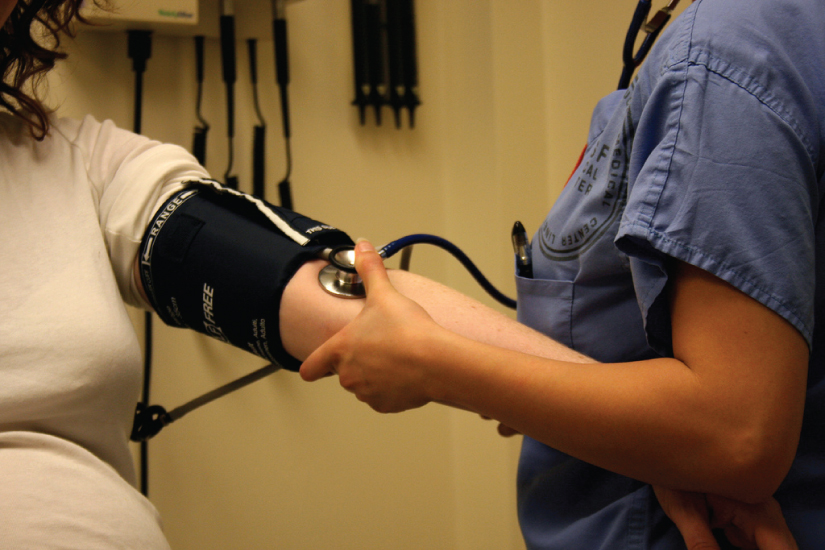
|

1.1 An introduction to the human body Read Online
1.2 The chemical level of organization Read Online

After studying this chapter, you will be able to:
Though you may approach a course in anatomy and physiology strictly as a requirement for your field of study, the knowledge you gain in this course will serve you well in many aspects of your life. An understanding of anatomy and physiology is not only fundamental to any career in the health professions, but it can also benefit your own health. Familiarity with the human body can help you make healthful choices and prompt you to take appropriate action when signs of illness arise. Your knowledge in this field will help you understand news about nutrition, medications, medical devices, and procedures and help you understand genetic or infectious diseases. At some point, everyone will have a problem with some aspect of his or her body and your knowledge can help you to be a better parent, spouse, partner, friend, colleague, or caregiver.
This chapter begins with an overview of anatomy and physiology and a preview of the body regions and functions. It then covers the characteristics of life and how the body works to maintain stable conditions. It introduces a set of standard terms for body structures and for planes and positions in the body that will serve as a foundation for more comprehensive information covered later in the text. It ends with examples of medical imaging used to see inside the living body.
Question: What is the function of the limiting plate?
Choices:
Regeneration of hepatocytes
Regression of hepatocytes
Location of sinusoids
there are no sinusoids located in the limiting plate
Question: If there is no obstruction and the liver is not yellow, then you know it is prehepatic icterus.
Choices:
True
False
Question: Which cells play a major role in liver fibrosis?
Choices:
Kupffer cells
Hepatocytes
Endothelial cells
Macrophages
Stellate cells
Question: Which zone that surrounds the portal triad is the most susceptible to hypoxia?
Choices:
Zone 1
Zone 2
Zone 3
Zone 4
Zone 5
Question: Which of the following is NOT part of the portal triad?
Choices:
Hepatic Artery
Portal Vein
Bile Duct
Hepatic Vein
Question: Which of the following is an example of extravascular hemolysis?
Choices:
IMHA
Erythroparasite (ex. Babesia)
Oxidative injury
Fragmentation injury
Blood vessel with hemangiosarcoma in spleen
Question: When an animal dies, the liver enlarges and presses against the ribs forming "rib imprints". There are also pale foci and bile imbibition (bile leaking making liver darker color). This process is known as Autolysis. True/False
Choices:
True
False
Question: Which cells originate in the bone marrow and are involved in liver regeneration at the liming plate?
Choices:
Stellate cells
Kupffer cells
Oval cells
Endothelial cells
Question: Overproduction of bilirubin (intravascular hemolysis) is what type of disturbance?
Choices:
Prehepatic
Intrahepatic
Post hepatic
Question: What is the definition of Cholestasis?
Choices:
Abnormal bile flow
Abnormal blood flow in liver
Inflammation of the liver
Liver fluke infection
Liver fibrosis
Question: Which cells are known as hepatic sinusoidal macrophages that clear infectious agents, senescent RBC, and endotoxins?
Choices:
Stellate cells
Oval cells
Kupffer Cells
Endothelial cells
Hepatocytes